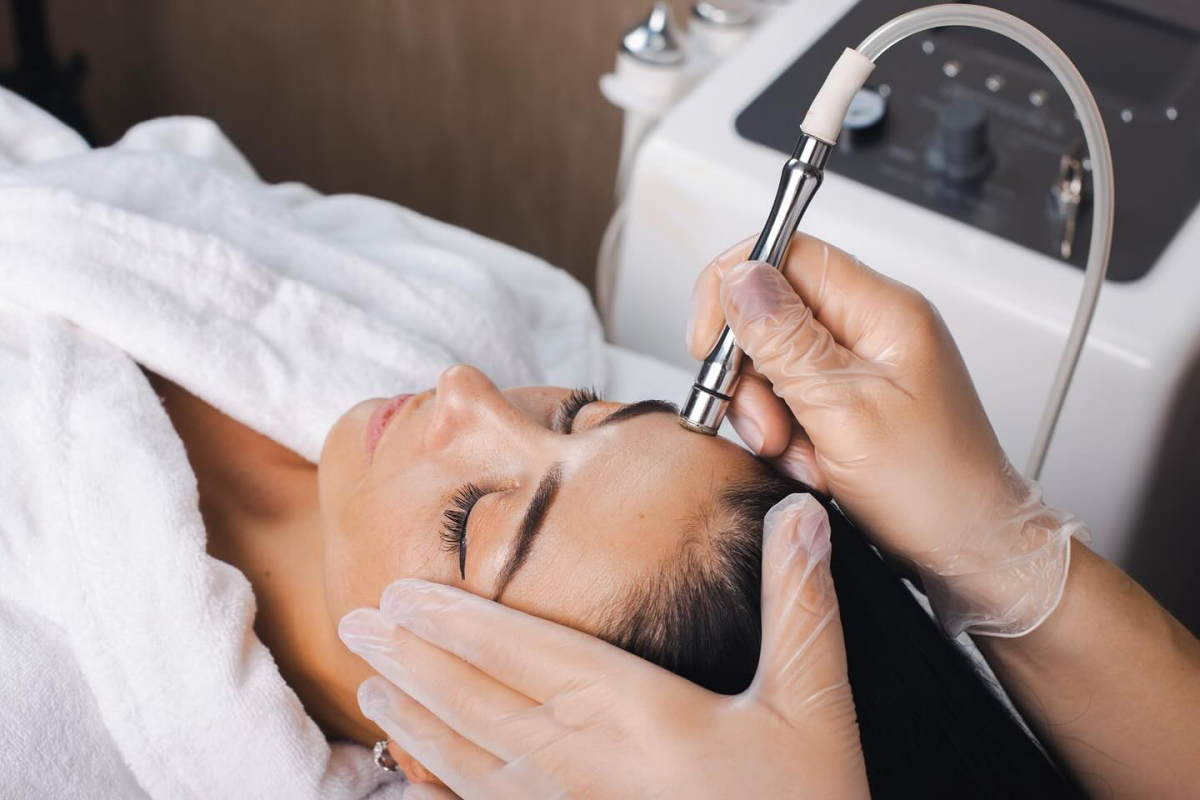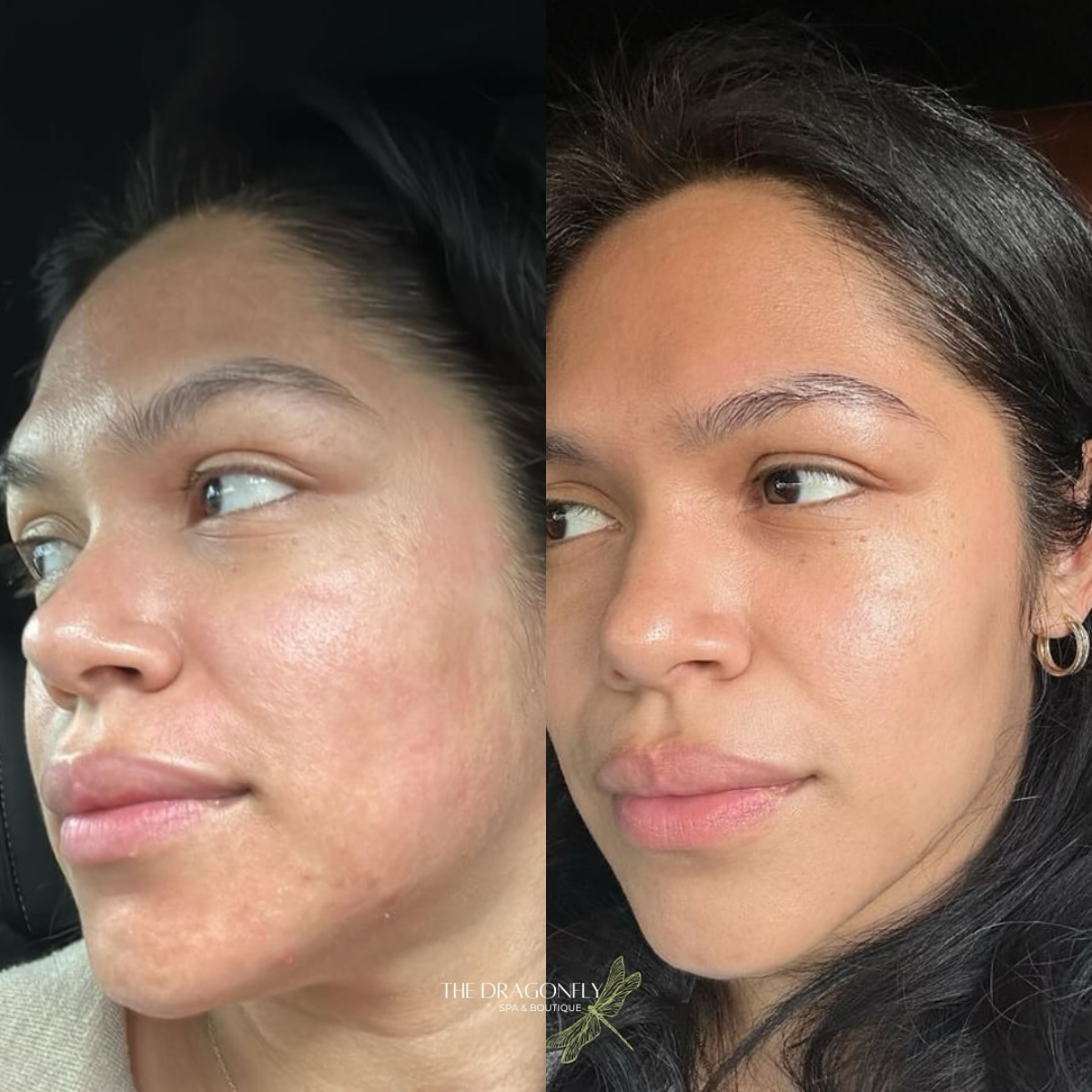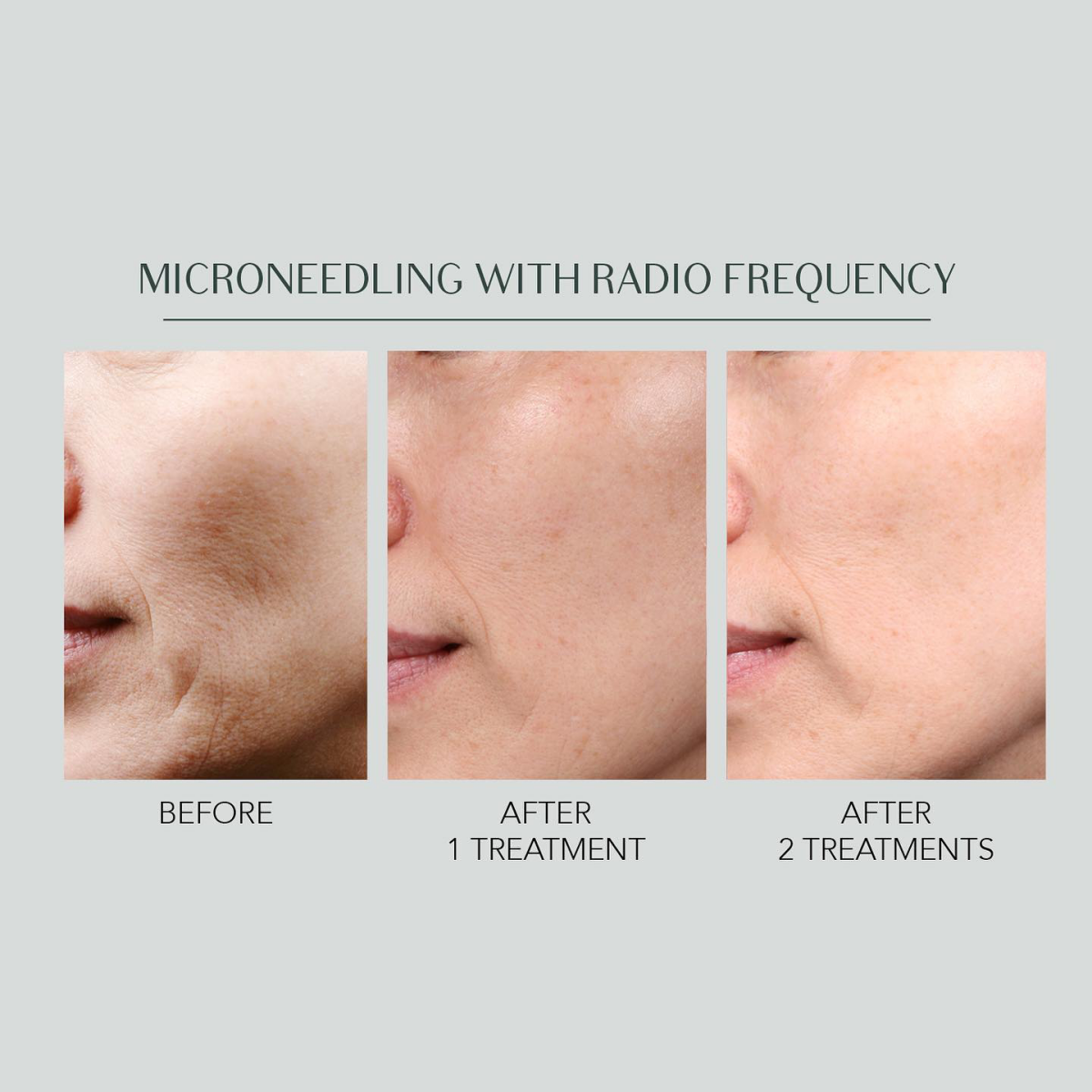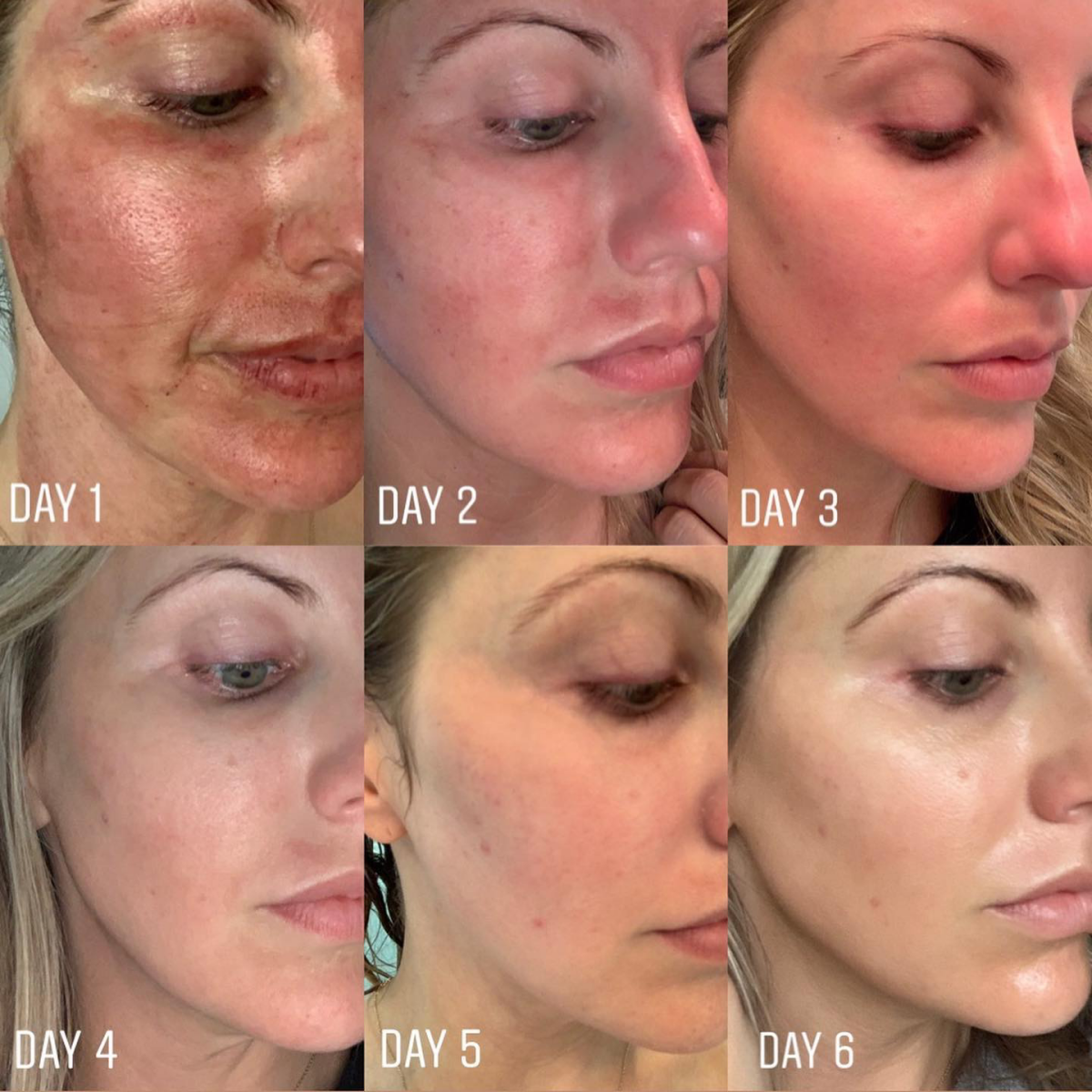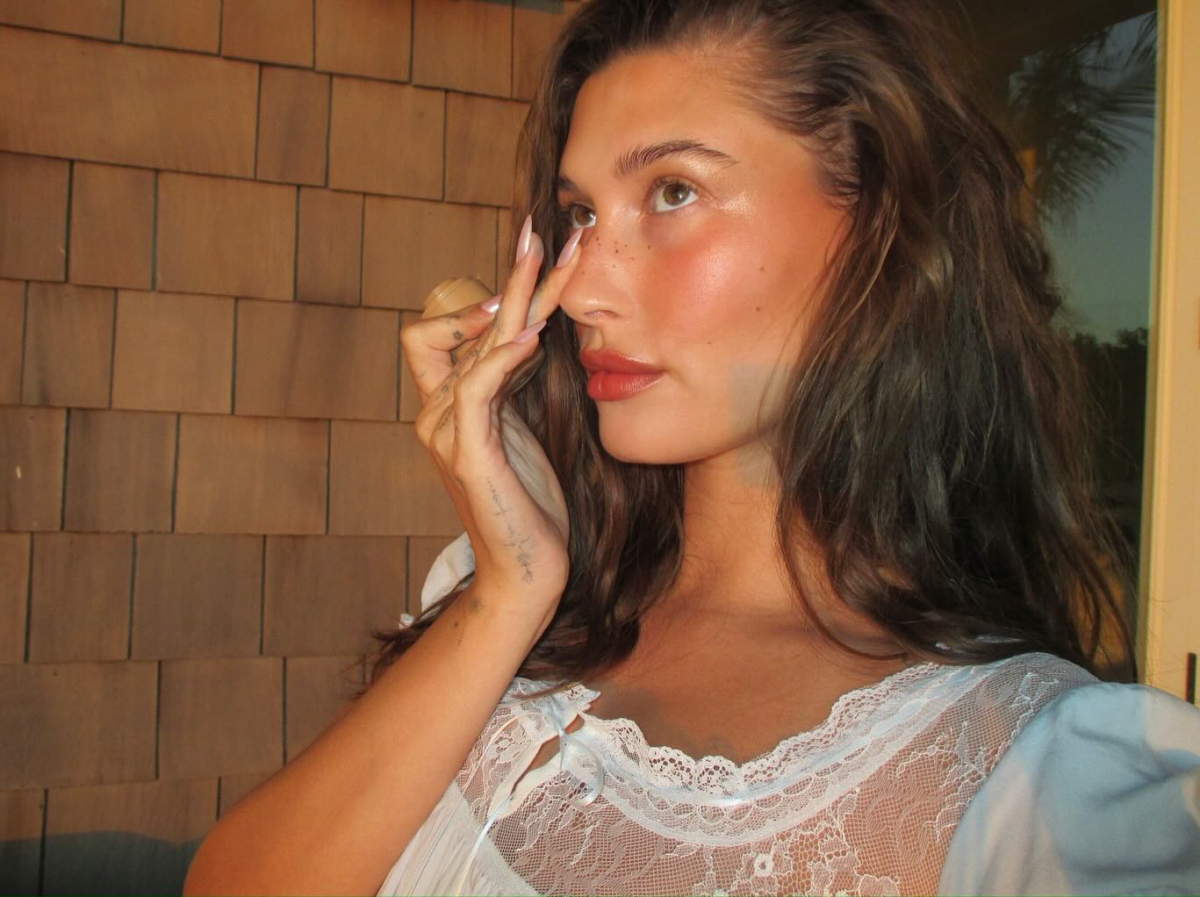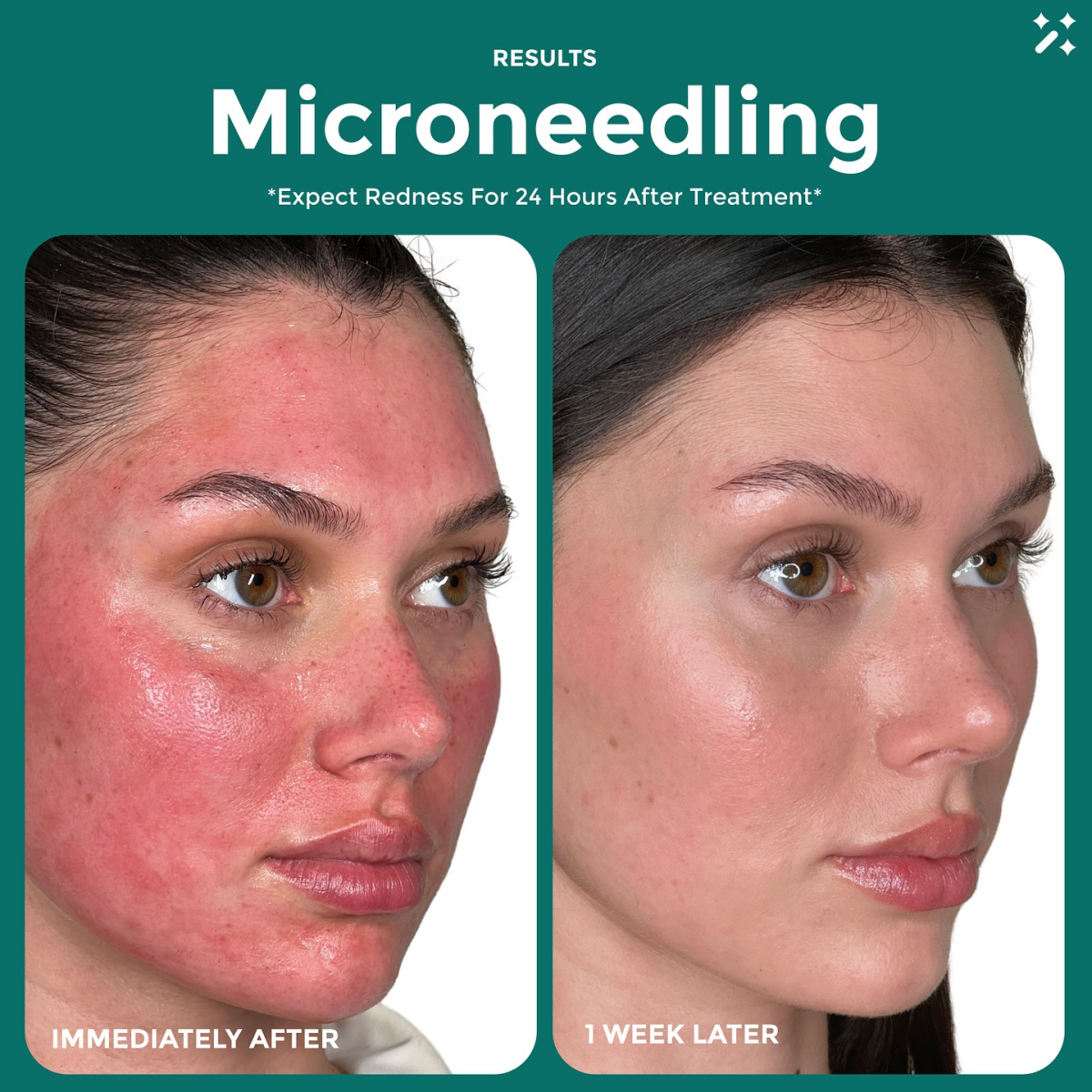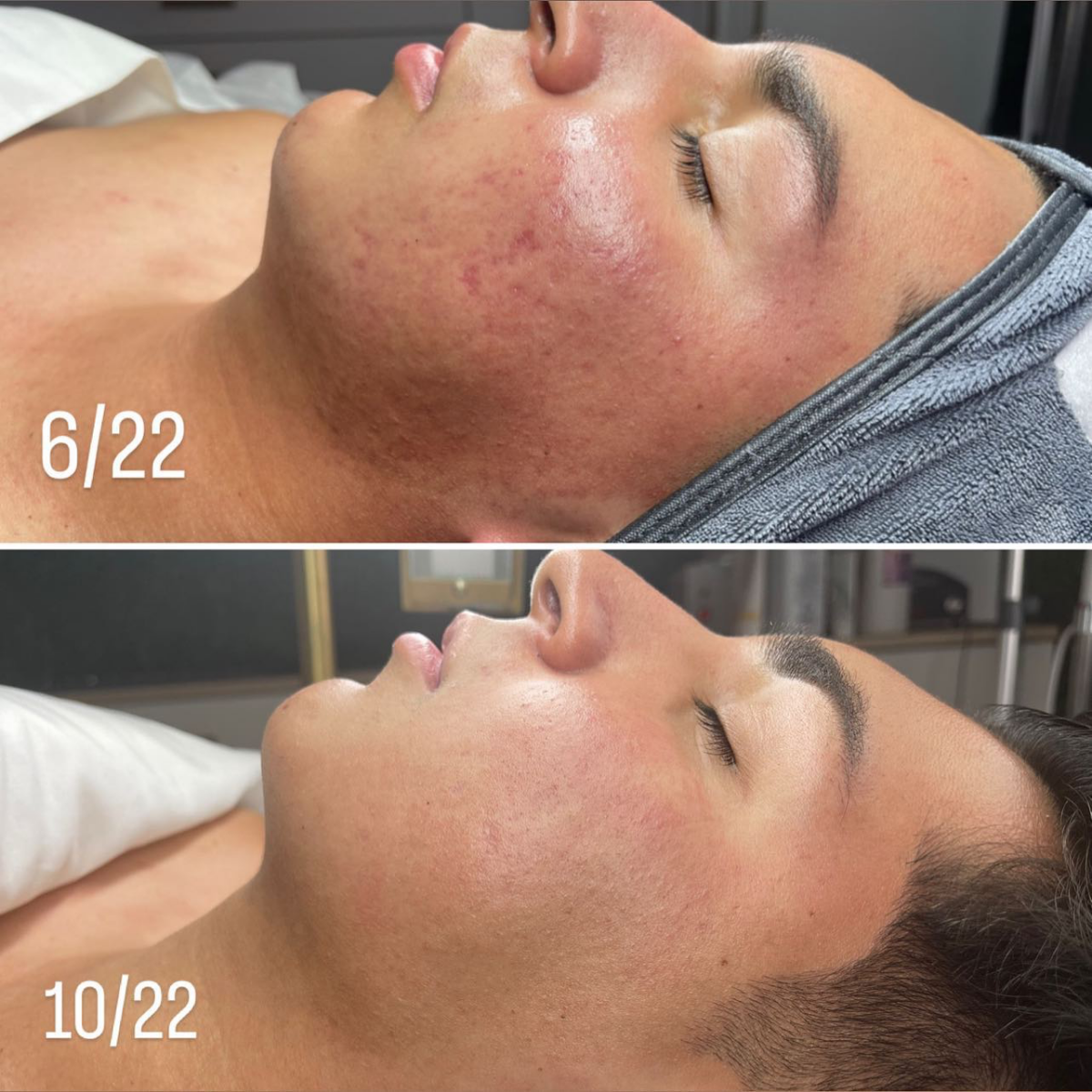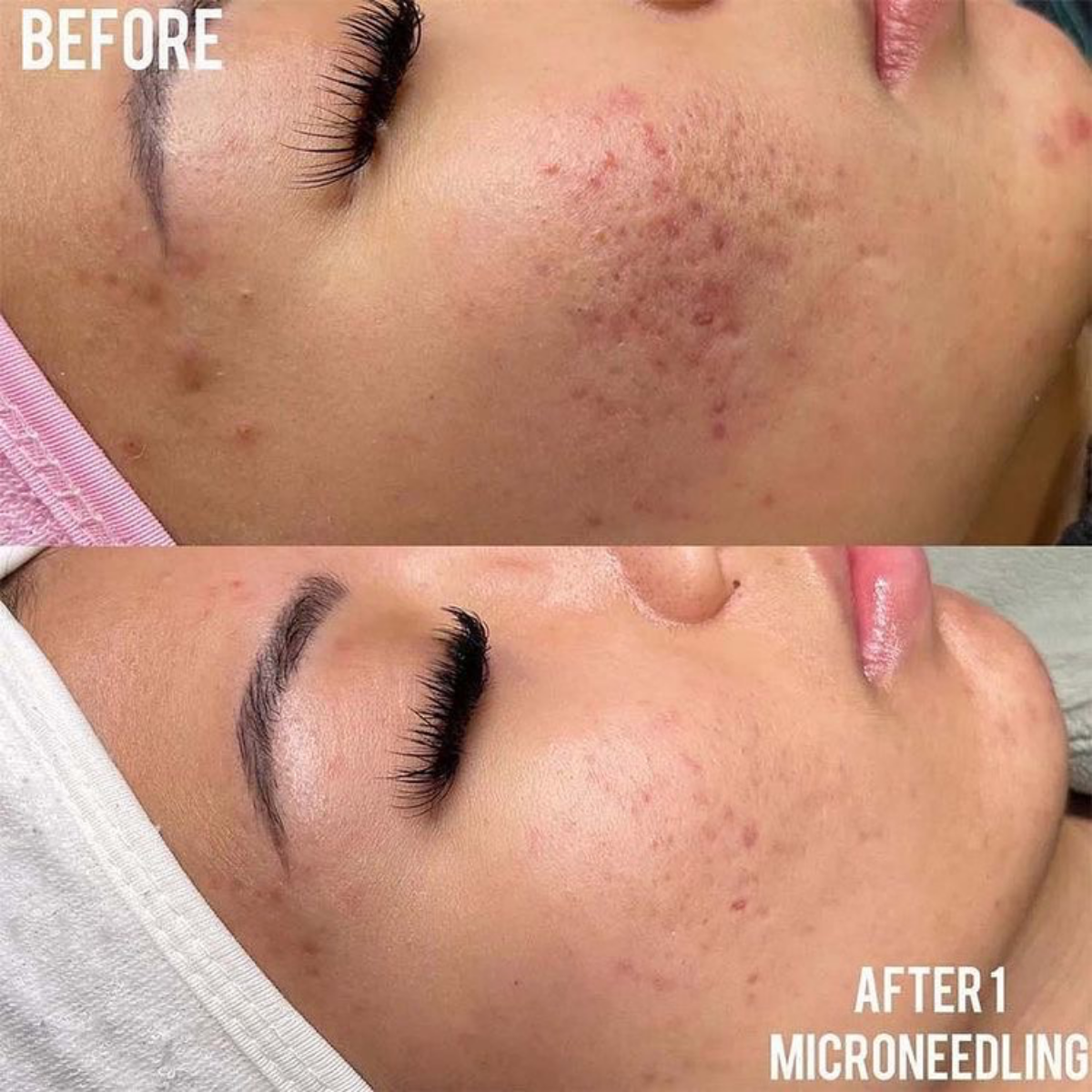Microneedling Before And After: The Best Decision I’ve Made For My Skin
All throughout high school I struggled with acne. It simply wouldn’t go away and it left me with deep scars and lasting insecurities about my skin. When I entered my 20s, I really wanted to feel confident about my skin once again, so I searched for different treatments. That’s when I learned about microneedling. It was a treatment that promised to rejuvinate my skin and remove those pesky acne scars. All by helping my skin produce more collagen by using tiny needles to make tiny holes in the skin, which sets off the body’s natural healing process. So, I decided […]
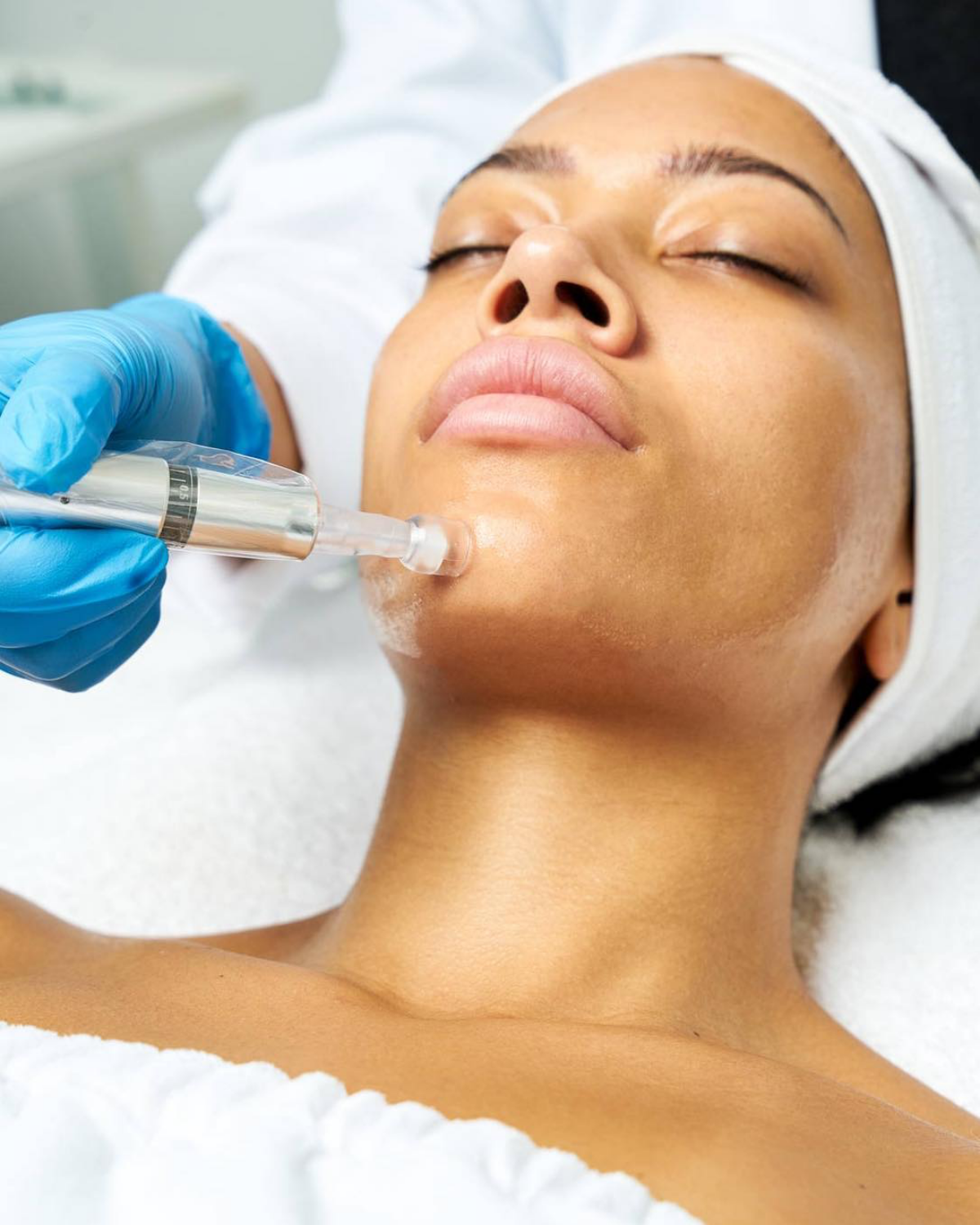
All throughout high school I struggled with acne. It simply wouldn’t go away and it left me with deep scars and lasting insecurities about my skin. When I entered my 20s, I really wanted to feel confident about my skin once again, so I searched for different treatments. That’s when I learned about microneedling. It was a treatment that promised to rejuvinate my skin and remove those pesky acne scars. All by helping my skin produce more collagen by using tiny needles to make tiny holes in the skin, which sets off the body’s natural healing process. So, I decided to give it a try. I can tell you I don’t regret it one bit. I could tell a big difference in the texture and look of my skin after just a few sessions. My scars started to fade, my pores shrunk while my confidence grew. It was the best thing I could have done for my skin. That’s why I’m so excited to share everything you need to know about this treatment, as well as before and after microneedling pics to show you the magic!
This is a magical treatment
What is Microneedling? Everything You Need To Know
Microneedling is a real breakthrough in the skincare industry. It’s a procedure with a rich history and a robust scientific basis. This skincare technique has been around since the 1990s and has significantly evolved over the years. According to Healthline, this is a minimally invasive cosmetic procedure that stimulates collagen production in the skin. It’s also called collagen induction therapy. Using fine needles, this procedure creates micro-injures onto the skin’s surface, which stimulates the body’s natural healing process. Thus boosting collagen and elastin formation, which are both necessary proteins if you want firm, smooth skin. Over time, many gadgets have been created to improve this process and make it more accessible. There are manual rollers with tiny needles for at-home use, as well as electric pens used by professionals for deeper penetration.
It uses tiny needles to boost collagen
Microneedling vs. Microdermabrasion: What’s The Difference?
Both of these are common rejuvenation treatments for the skin, however, they do differ in approach and results. As I mentioned, microneedling uses needles to induce micro-injures which stimulate the formation of collagen and elastin deep in your dermis. This treatment can penetrate between 0.5 and 2 millimeters into the skin, which means it can address deeper skin concerns. Microdermabrasion, on the other hand, exfoliates the outermost layer of the skin using a device with a rough, sandpaper-like surface. This superficial treatment is less invasive and addresses surface-level symptoms such as dullness and slight textural abnormalities. It has a gritty texture, similar to a facial scrub. Microneedling recovery involves a few days of redness and sensitivity, but microdermabrasion normally requires minimum downtime, with minor redness for a few hours after treatment.
The treatments have their differences
Microneedling vs. Home Rollers: What’s The Difference?
Home rollers and professional microneedling have quite different effects and efficacy levels. Dermatologists that practice professional microneedling use cutting edge equipment that can reach deeper into the skin. Home rollers, on the other hand, have shorter needles—typically 0.25 millimeters—which offer just surface-level advantages. This means they are less successful in stimulating significant collagen synthesis. Safety is also an issue here. Skilled professionals administer professional treatments in sterile settings, which lowers the possibility of infection and scarring. If home rollers are misused or improperly cleaned, there is the possibility of infecting or damaging the skin. However, professional treatments are more expensive as they can run anywhere from $200 to $800 a session. But they do provide more noticeable and long-lasting effects. Although home rollers cost $20 to $50 up front, they need to be used consistently and yield less dramatic results, which makes professional treatments more worthwhile over time.
Professionals use deeper needles
Who Should Get Microneedling?
There are many people that can benefit from microneedling. If you have acne scars, fine lines, wrinkles, enlarged pores, or an uneven skin tone or texture, then you can benefit from this treatment. Microneedling is also pretty effective for treating stretch marks and just giving you radiant and clear skin, as well as a general improvement of firmness and elasticity. According to renowned NYC dermatologist Dr. Doris Day, microneedling is great for anyone who is looking to renew their skin. Age-wise, this treatment is usually recommended for adults in their mid-20s and above as this is when collagen synthesis starts to decline. However, it is beneficial for younger people who are dealing with acne scars. For advice on whether microneedling is appropriate for your skin type and issues, always speak with a licensed dermatologist.
It is great for scars and wrinkles
Who Shouldn’t Get Microneedling?
While microneedling is an amazing treatment, it’s not a match for everyone. Certain conditions and medications can contradict this procedure. According to the Cleveland Clinic, people with active acne, eczema, psoriasis, or rosacea should avoid microneedling, as it can exacerbate these conditions. Not only that but if you are taking blood thinners or acne medication like isotretinoin (Accutane) it’s best to stay away from microneedling as these medications increase your risk of bruising and scarring. Dr. Ava Shamban, a prominent dermatologist, also recommends that people with a history of keloid scars avoid this treatment, as it can trigger abnormal scar formation. If you can’t get microneedling, don’t worry! There are plenty of other treatments that can help with skin texture and pigmentation issues, like laser therapy and chemical peels.
Avoid if you have active acne
Benefits of Microneedling
Microneedling is an amazing treatment that I recommend with both hands. It just has so many benefits. Plus, when microneedling is used with other treatments, like Platelet-Rich Plasma (PRP) and radiofrequency, you can get even better results. And since it doesn’t carry the risk of skin discoloration, it’s ideal for people of all skin tones. Here are some of the benefits you can enjoy when getting this treatment:
- It stimulates the production of collagen and elastin;
- Reduces fine lines, wrinkles, acne scars, pores, and stretch marks;
- Improves skin firmness and elasticity;
- Improves skin texture and tone;
- Supports ongoing skin health and regeneration;
- Provides long-term skin rejuvenation;
- Less expensive and less invasive compared to other treatments like laser therapy.
Microneedling boosts collagen and elastin
Side Effects of Microneedling
While microneedling is generally safe, it does come with side effects, as in any procedure. You can expect some short-term side effects and more rarely long-term side effects. In order to mitigate these risks, it’s important to go to a professional and ensure proper aftercare. Here are what side effects you can expect:
- Short-term: redness, swelling, minor irritation
- Long-term: hyperpigmentation, infection, scarring
Redness and swelling are common
Understanding the Longevity of Microneedling Results
Microneedling effects can last a long time or a short time, depending on your age, skin type, and lifestyle. Because younger skin is better at making collagen, younger people with healthy skin usually see effects that last longer. Lifestyle choices, like eating a balanced diet, drinking enough water, and not smoking, can also be very important for keeping the effects. In order to keep the benefits of microneedling, you need to get maintenance sessions every six to twelve months. These maintenance sessions help keep the skin looking young and healthy by stimulating collagen production.
Results last longer with maintenance
The Microneedling Experience: What to Anticipate During Treatment
Before
For best results, make sure to start taking care of your face before the treatment. Start using a vitamin A or C serum about a month before microneedling to help your skin make more collagen. For a week before, don’t use strong products like retinoids and exfoliants.
During
Managing pain is important for staying comfortable during microneedling. About 30 to 45 minutes before the procedure, your specialist or nurse will usually put on a numbing cream. The treatment can be changed to fit your skin issues. The lengths and thicknesses of the needles are changed to target things like deep scars or fine lines.
After
After treatment care is very important for healing. Use a mild wash and a serum that keeps the skin moist. There may be some redness and swelling, but it should go away in a few days. Keep an eye out for problems like redness, swelling, or signs of infection. Contact your specialist if you see any of these or they stay longer than expected. With the right care, microneedling will soon start to make your skin look younger.
Numbing cream helps with pain
How To Care For Your Skin After Microneedling
After microneedling, it’s very important to take care of yourself properly. Start by cleansing with a mild product to keep your skin from getting irritated. Then, use a hydrating serum with hyaluronic acid to add more moisture. Dr. Ava Shamban says to use a rich moisturizer with no scent and a broad-spectrum sunscreen with SPF 30 or higher to protect the healed skin from UV damage. To keep your skin from getting irritated, you should stay away from harsh skin care products like retinoids and exfoliants for at least a week. Making changes to your habits can also help your recovery and results. Keeping yourself refreshed, eating foods that are high in vitamins and antioxidants, and avoiding too much sun can make your skin heal faster and look better overall.
Hydrate and avoid harsh products
Microneedling Before and After
Case studies and stories about real patients are the best ways to show how microneedling can change lives. I am a living example, I suffered from terrible acne scars and after a couple of microneedling sessions, I definitely noticed a huge difference in my skin. However, don’t take my word for it, check out this before and after pic:
Check out these amazing results
I hope you found this article useful. Now you know everything about microneedling, from its benefits to side effects. You also have microneedling before and after pictures to show you just how great it truly is. If you want to get rid of acne scars, fine lines, or just make your skin look better overall, microneedling can be a great way to do it. So, I say go for it!
Microneedling can transform your skin
FAQs
Is microneedling better than Botox?
Botox and microneedling are used for different things. Microneedling smooths out the skin, gets rid of wrinkles, and smooths out fine lines through stimulating collagen production. Neurotoxins like Botox briefly stop muscles from moving. This stops wrinkles from forming mostly on the forehead and around the eyes. Botox smooths out wrinkles that are caused by moving your face, while microneedling improves the general look and feel of your skin. Botox effects can be seen within days and last for three to six months, while microneedling effects take weeks to show.
How long will my face look bad after microneedling?
For 24 to 48 hours after microneedling, your skin will be red and feel like it has a slight sunburn. By the third day, the redness will be less noticeable, and there may be some swelling. As the skin improves, it may start to flake or peel around days 4 to 5. Most of the visible signs should go away by the end of the first week, showing skin that looks better.
How often should you do microneedling?
Microneedling treatments should be done every 4 to 6 weeks to keep the skin looking young. For significant issues like deep acne scars or deep lines, it’s best to have three to six sessions, each one about a month apart. Spacing out sessions gives your body enough time to heal.
Can microneedling be used under eyes?
You can use microneedling under the eyes to get rid of fine lines, wrinkles, and dark circles under the eyes. To keep the skin in this area from getting hurt while boosting collagen production, the needles need to be kept short and handled carefully
Can you microneedle your lips?
For microneedling to work on the lips, shorter needles can be used to avoid too much damage. This treatment improves the skin of the lips, smooths out fine lines around the mouth, and makes the lips look fuller and younger. But this should only be done by a trained professional!
Microneedling improves texture


